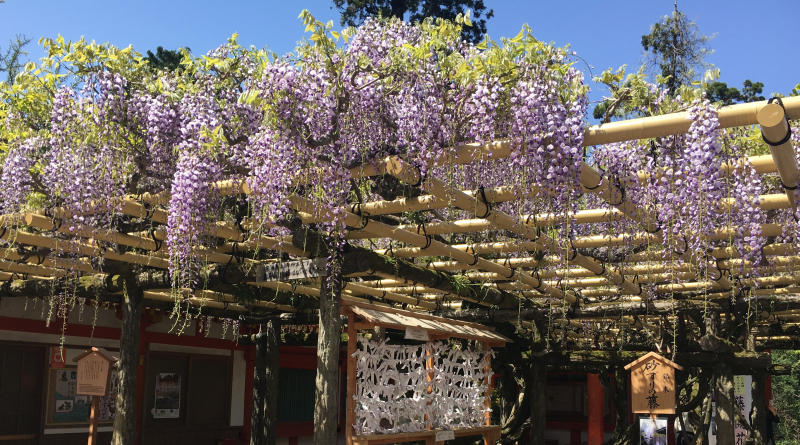
The Fujiwara Clan, Rise of Japan’s Most Powerful Clan
The Fujiwara clan is one of the oldest and most powerful families in all of Japanese history. From the Nara through the Heian Period, this one family had an unshakable amount of power. Member of the Fujiwara clan created laws, often married in to the imperial family and literally wrote Japanese history. They can even be credited with the creation of Nara’s iconic Daibutsu, the largest bronze Buddha statue in the world today. Apart from the imperial family themselves, no other single clan wielded as much power in ancient Japan.
The First of the Fujiwara clan
The Fujiwara clan began in blood. Long ago, in the Asuka Period, Prince Naka no Oe, together with his friend Nakatomi no Kamatari, assassinated the extremely powerful Soga clan. Years later when, Naka no Oe was crowned Emperor Tenji. As a reward, the new emperor gave Kamatari the family name Fujiwara. Thus, Nakatomi no Kamatari became the first Fujiwara, Fujiwara no Kamatari.
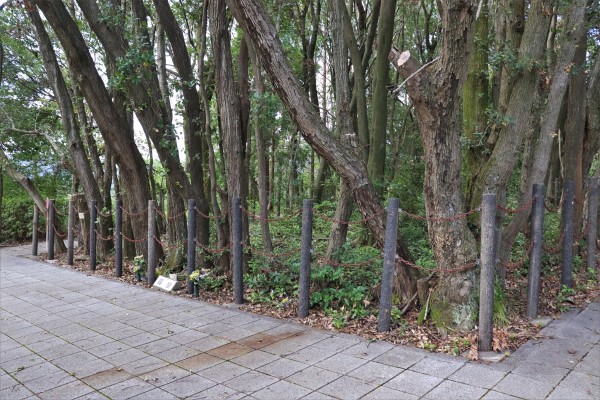
But the person who secured the Fujiwara clan’s elite status for centuries was not Kamatari, but son, Fuhito.
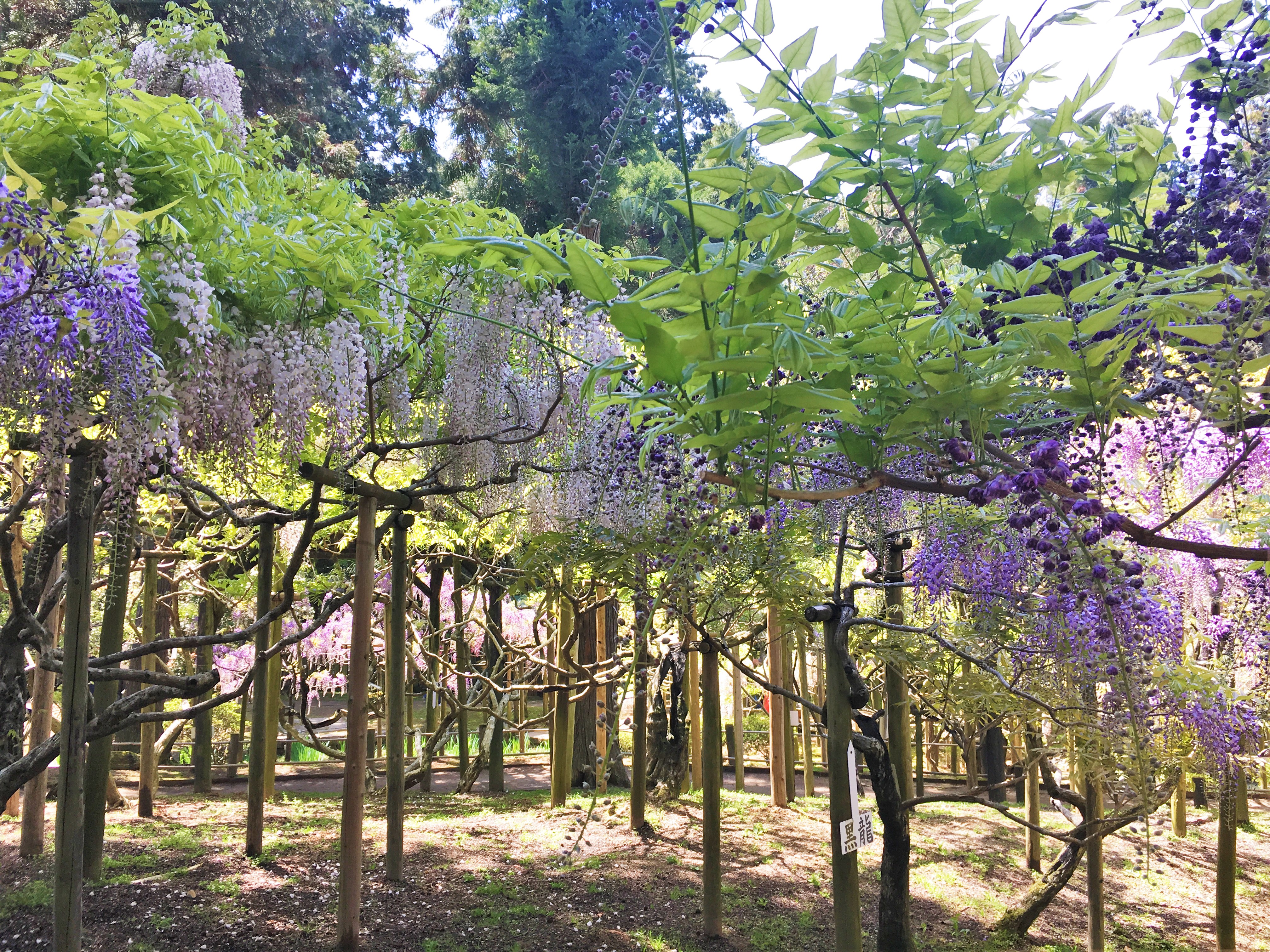
Fujiwara no Fuhito
After Emperor Tenji died, there was a great amount of dispute over who should succeed him, his brother or his son. With Kamatari also dead some years prior, there was no one powerful enough to help mediate the tensions between these two. Ultimately, this tension lead to the Jinshin War.

Since Kamatari’s only son, Fuhito, was still only a child at the onset of this war, the Fujiwara’s did not participate. While his absence might seem of little consequence, the fact that Fuhito did not participate in the Jishin War left him at a sever disadvantage. During and immediately after the war, a number of clans were able to obtain higher political positions or secure influential roles at court. What this meant for Fuhito is that despite his father’s prestige, he himself had little power and had to start his political career as a low rank official.
The Accomplishments of Fujiwara no Fuhito
In spite of this, Fuhito quickly rose among the ranks due to his extraordinary intelligence. During the reign of Empress Jito, he became a close advisor to Prince Kusakabe, which helped him gain a lot of power quickly. Then, in the reign of Emperor Monmu, Fuhito played a large role in helping create the Taiho Ritsuryo, or the Taiho Code. The Taiho Ritsuryo served as the basis for the structure of the Japanese government for centuries to come. Among other things, the code also introduce the first set of state laws along with their punishments. The Taiho Ritsuryo was based on Chinese laws and was one of the first major pieces of legislature that introduce Confucian ideology for the Japanese government.
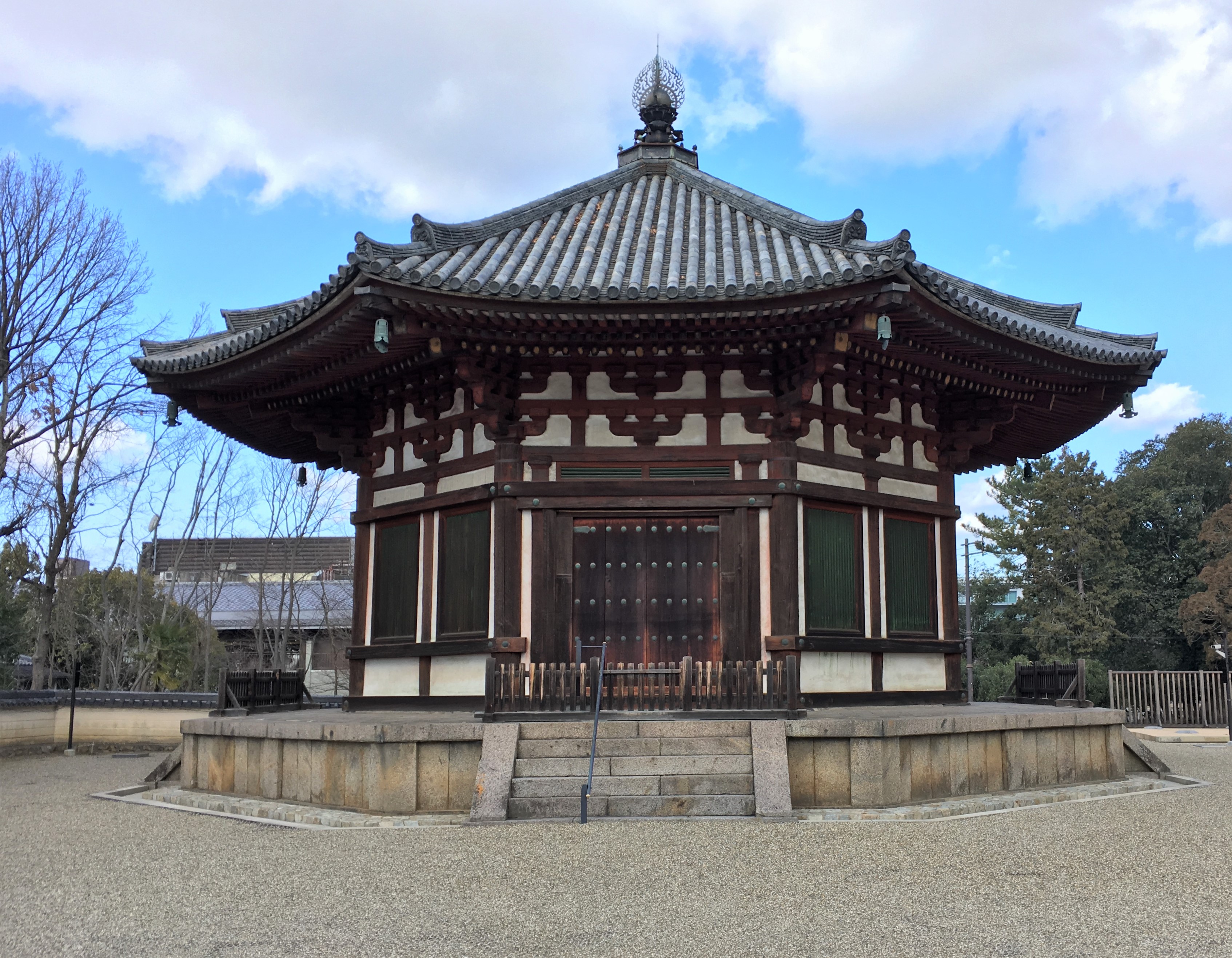
His other most profound mark on Japanese history, includes well—Japanese history. Fuhito ordered the compilation of the two most important texts on ancient Japanese history, the Kojiki and the Nihon Shoki. These two documents are still widely used among Japanese historians, and in many cases provide the only documentation about events, people, or custom.
Blueblood Ties
Fuhito’s many accomplishments helped establish the Fujiwara clan’s superiority to other aristocrats. What ensured the Fujiwara clan’s power for centuries to come was Fuhito’s careful planning of his daughters’ marriages. First, he married his daughter Miyako to Emperor Monmu. Miyako soon gave birth the future Emperor Shomu. Then, Fuhito arranged for his other daughter Komyoshi to marry Shomu*. In this way, Fuhito cemented a lasting connect to the imperial family.
*Miyako and Komyoshi had different mothers, but all the same this is still pretty incestuous. We will also ignore that Empress Jito (Monmu’s mother) married her uncle (Tenmu).
The Fours Brothers of the Fujiwara clan
Fuhito had four sons, Muchimaro, Fusasaki, Umakai and Maro. Like their father, they planned to have their daughters marry into the imperial family, once Komyoshi and Shomu had children. When Shomu and Komoyoshi had their son Motoi, everything seemed to be falling in to place. Unfortunately Motoi died at the tender age of only 2 years old. To complicate matters further, after Motoi’s death Shomu and one of his other wives had a boy. Desperate to hold on to their claim to the throne, the four brothers arranged for Komyoshi to become empress regnant upon Shomu’s death.
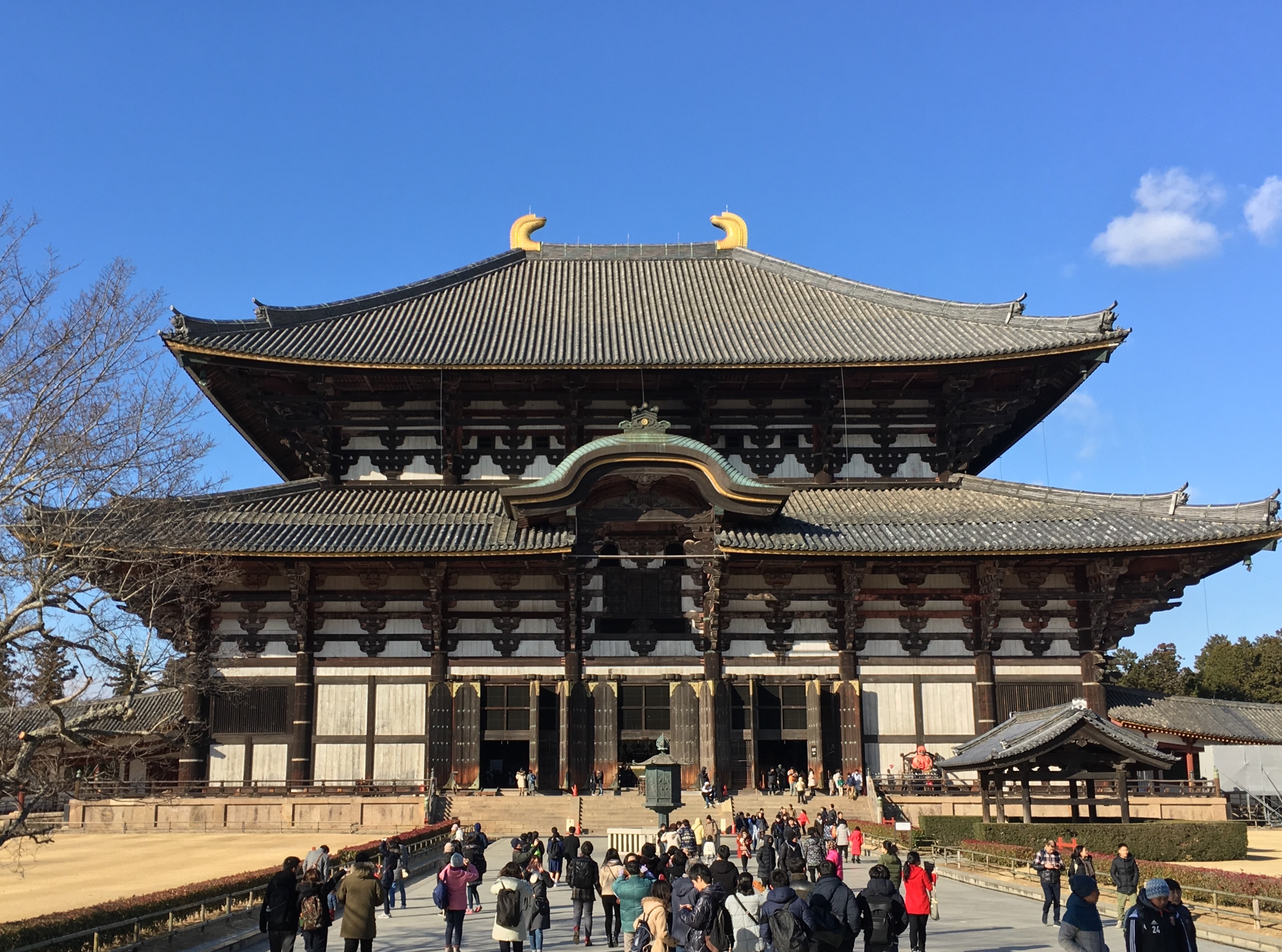
The Four Brothers and Prince Nagaya
At that time, according to Japanese law (Taika no Kaishi), only someone of imperial blood could rule. Since Komyoshi was only an aristocrat and not royal, this was in direct violation of that law. Naturally, the brothers faced a lot of criticism for their actions, but they were simply too powerful. The only critic who made them worry was Prince Nagaya. Grandson of both emperors Tenji and Tenmu, as well as a distant relative of the Fujiwara clan, Prince Nagaya [長屋王] was a very real threat to the Fujiwara’s plans.

The brothers decided that to get rid of Prince Nagaya as soon as possible. At that time one of the most damming things someone could do was to accuse someone of using curses. The Fujiwara insisted that Nagaya’s curses were the sole source of any and all trouble at the capital. They even went so far as to claim that it was one of Nagaya’s curses that killed baby Prince Motoi! With his reputation being torn asunder Prince Nagaya committed suicide. Soon after his death, all four of the Fujiwara brothers came down with smallpox and died. Their collective deaths only convinced the public that Nagaya indeed cursed the family.
The Dwindling Power of the Fujiwara clan
With the Fujiwara brothers dead, Emperor Shomu enlisted three top monks and academics, such as Tachibana no Moroe, to study abroad in China. When those four came back, Shomu gave them roles as powerful politicians in his court. However, by putting these people in power, the Fujiwara clan lost even more influence.

Feeling slighted, one of the four brother’s son, Fujiwara no Hirotsugu, pushed Emperor Shomu to remove these people from court. Hirotsugu’s demands however, only made Emperor Shomu feel threatened. He perceived Hirotsugu’s actions as threats against him, going so far as to advance troops on his villa! Eventually, Shomu captured Hirotsugu ordered his execution.
The End of the Fujiwara clan?
With the death of Fuhito’s sons, as well as Hirotsugu, it might seem that the Fujiwara clan was essentially doomed. No, not at all! In fact the Fujiwara clan persists even to this day! Later, in our next section on the Fujiwara clan we will cover: Empress Shotoku, and the reestablishment of the clan’s power.
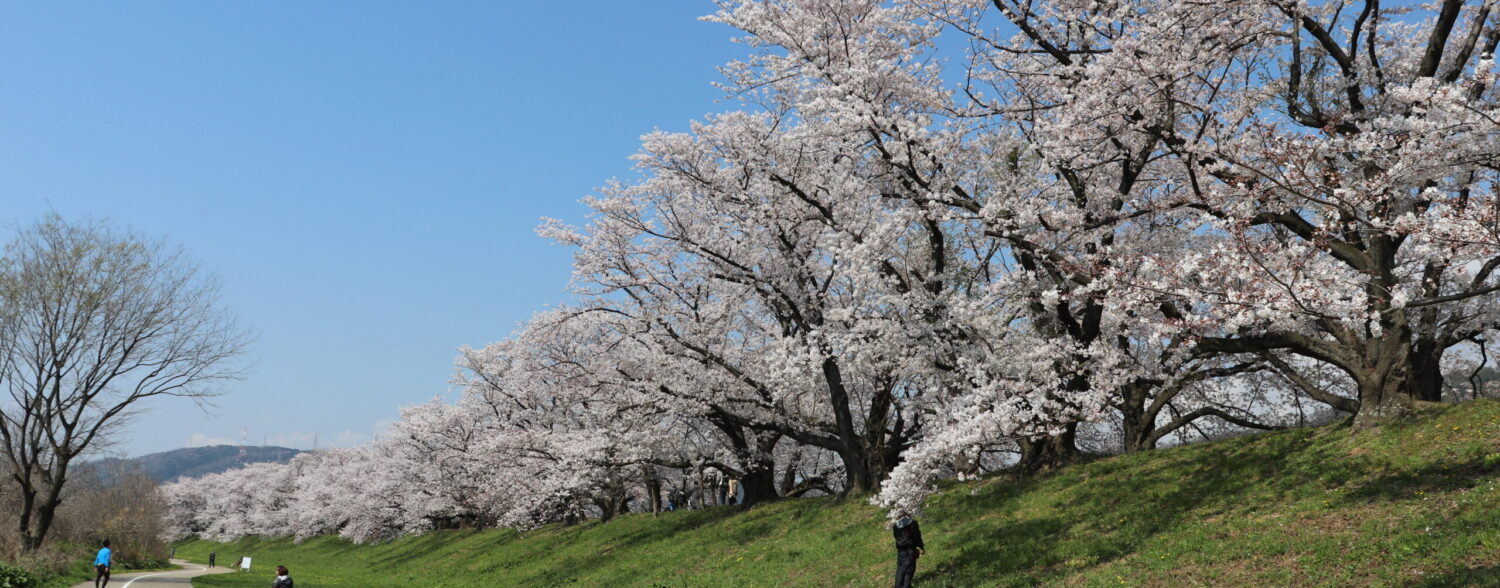
Leave a Reply